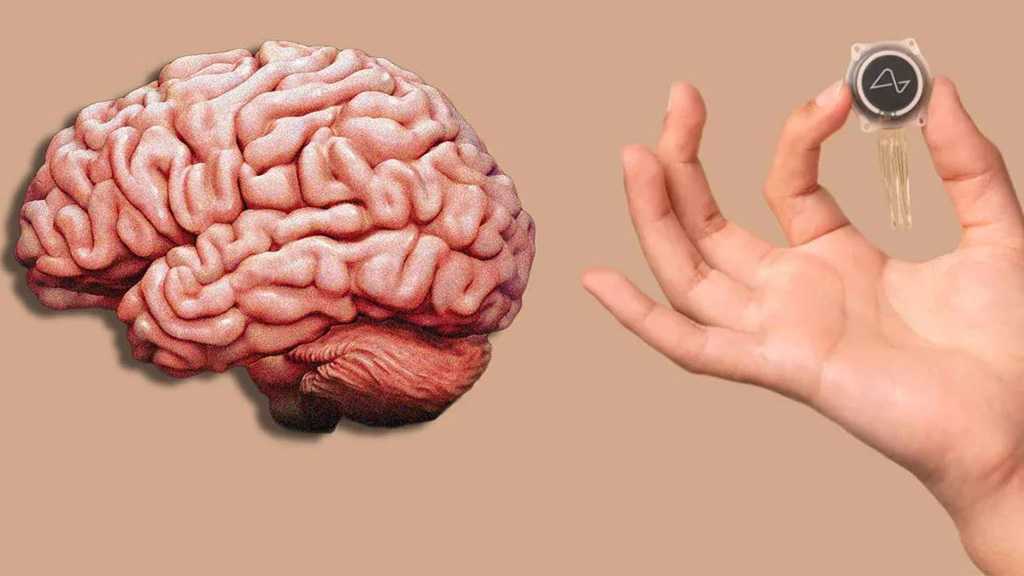
Giant Flyby Asteroid Had Company When Passing Earth

Local Editor
Just seven days ago, a rocky friend named Florence flew past Earth at a distance of 4.4 million miles, but what scientists didn't know was that she had some friends of her own riding along.

After reviewing radar images obtained between August 29 and September 1, when the asteroid nicknamed Florence [identified as near-Earth object 3122] was nearest to us, the lab coats as NASA discovered that she had two small moons.
Both moons measure between 300 to 985 feet across. Officials indicated that the inner moon takes approximately eight hours to revolve around Florence; the outer moon can take anywhere from 22 and 27 hours.
However, Florence isn't the only known asteroid to have an entourage - NASA has recorded 60 near-Earth asteroids that have moons.
"While many known asteroids have passed by closer to Earth than Florence will... all of those were estimated to be smaller," Paul Chodas, manager of NASA's Center for Near-Earth Object Studies, said in a statement. "Florence is the largest asteroid to pass by our planet this close since the NASA program to detect and track near-Earth asteroids began."
Allowing researchers to pin down Florence's size more accurately, the close-up radar images revealed that Florence is slightly larger than the lab coats previously thought. Measuring in at 2.8 miles, the asteroid could have posed a serious threat to Earth had its flight plans been just slightly different.
Florence was also found to be relatively round, aside from a ridge running around its equator and two large flat areas broken up by a large crater. Ongoing analysis will examine Florence's structure in detail and narrow down the orbital periods of its moons.
The images snapped by the Goldstone Deep Space Communications Complex in California are all researchers will have for some time: Florence won't drop by again until 2500.
Named after Florence Nightingale, the founder of modern nursing, the asteroid was first discovered by Schelte "Bobby" Bus at the Siding Observatory in Australia in March of 1981.
Source: News Agencies, Edited by website team
Comments
- Related News



